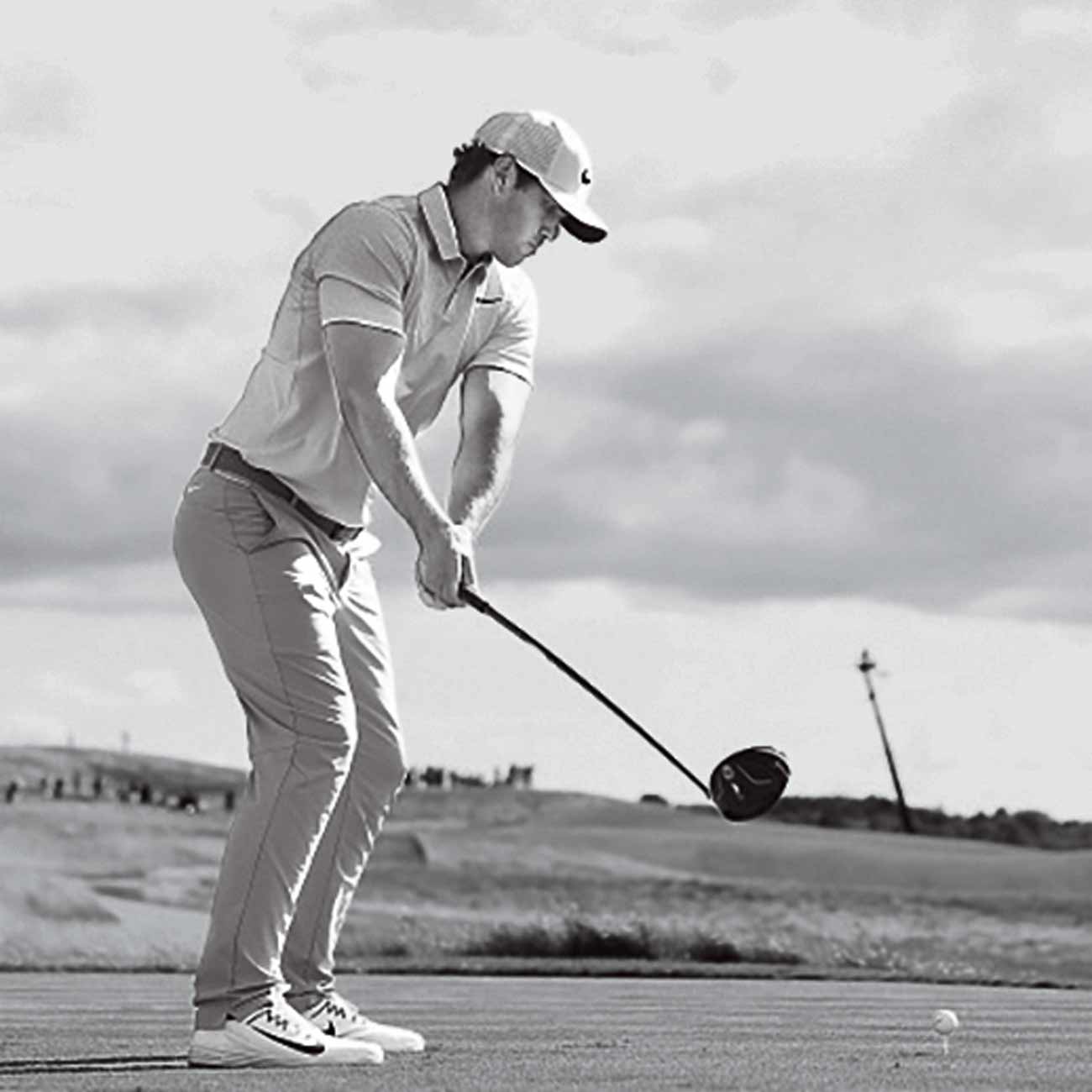 2 reasons why 2025 was one of the most important golf years … ever
2 reasons why 2025 was one of the most important golf years … ever
How a 1964 lesson helps Brooks Koepka stay stable for accurate power
In April of 1964, renowned club pro Claude Harmon appeared on the cover of Sports Illustrated, accompanied by the plea: “Let me help your game.” Two generations later, Harmon’s grandson (and, yes, he’s the son of Butch), Claude Harmon III, is extending a similar helping hand—and many of the same fundamentals.
Here’s CH III’s take on how instruction has changed over the past half-century—and how it hasn’t. More importantly, here’s how timeless basics can quickly save your swing.
This is Part Two of a four-part series. You can see the complete series here.
BY CLAUDE HARMON III, WITH DYLAN DETHIER:
My grandfather was a golf instructor, as was my father. My three uncles—Dick, Craig and Bill—also taught at a very high level. I’m turning 50 this month, and to look back at something my grandfather did more than 50 years ago just gives you all kinds of crazy perspective. Not only was my grandfather a great teacher, he won the Masters (in 1948)—as a club professional! That’ll never happen again. So I welcome any comparisons to him and to my family.
I’m proud of my Harmon heritage, but I’ve worked hard with some of the best golfers in the world to leave my own footprint on the game. Though you’ll never catch me in a shirt quite like the one he wore on the SI cover, it’s really cool to see how my grandfather’s teachings have stood the test of time. Here’s how one lesson from my grandfather 55 years ago helps Brooks Koepka — and can help you.
1964, SI: “To swing a golf club properly, you must think of your legs and hips as an absolutely stable platform, on top of which the triangle of the upper part of the body turns.”

MY GRANDFATHER’S TAKE: My grandfather talked a lot about how the golf swing should feature the upper body turning around a stable lower body. Greg Norman bought in: He once told my dad that he felt like nothing at all really happened until the logo on his glove passed his thigh on the backswing. It’s another way of thinking about keeping extra movement out of the swing—you don’t want anything breaking down on your way back.
MY PERSPECTIVE: Build your platform from the ground up. Once you’ve taken a stable stance, think about building a triangle with your upper body—your left arm, right arm, and shoulders are the points of that triangle. You’re going to keep the triangle intact as you start to turn. Then you’ll restore the triangle on your downswing, just before—and through—impact. A solid platform allows you to keep that consistency as the club turns.
ADVERTISEMENT

SEEN ON TOUR: HOW BROOKS DOES IT
Brooks Koepka likes to fade the ball. To do that successfully, it’s very important that he keep the clubhead outside his hands as he takes the club back. We talk about that a lot with Brooks. Most people tend to have some sort of breakdown early, and that’s the secret to the solid platform: The first move on the takeaway should feel like nothing is really happening. That’s just as true now as it was 55 years ago.
Settle into your stance, making sure to build the upper-body triangle described above. Next, choke up until the butt of the club is anchored in your stomach (below photo, left). Start your backswing, rotating about 45 degrees and keeping your legs still and the grip in your gut (top right). Then go the other way, using the same rotation through impact and 45 degrees beyond (bottom right). What you’re feeling is the stable-stance swing my grandfather preached 55 years ago.

ADVERTISEMENT





